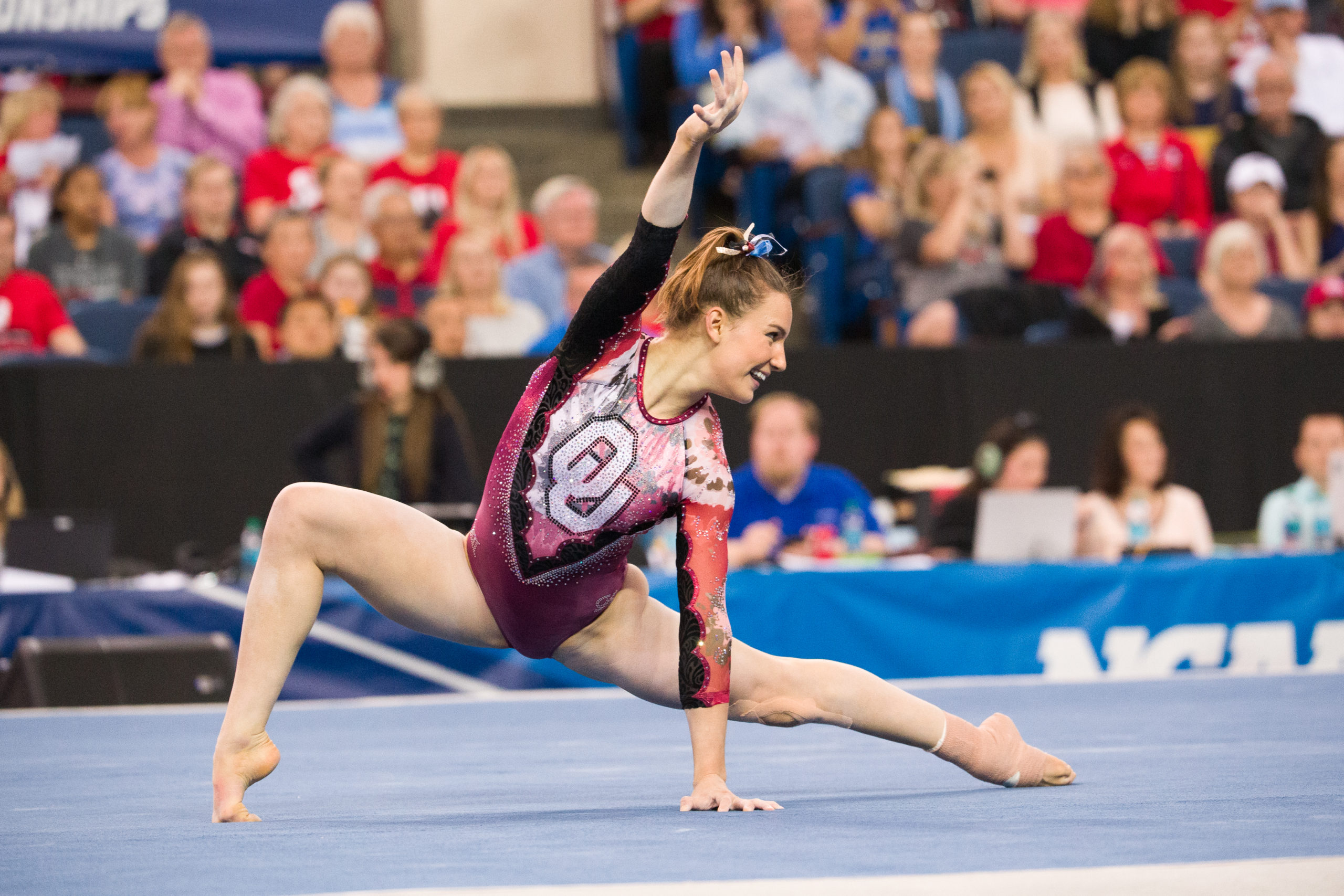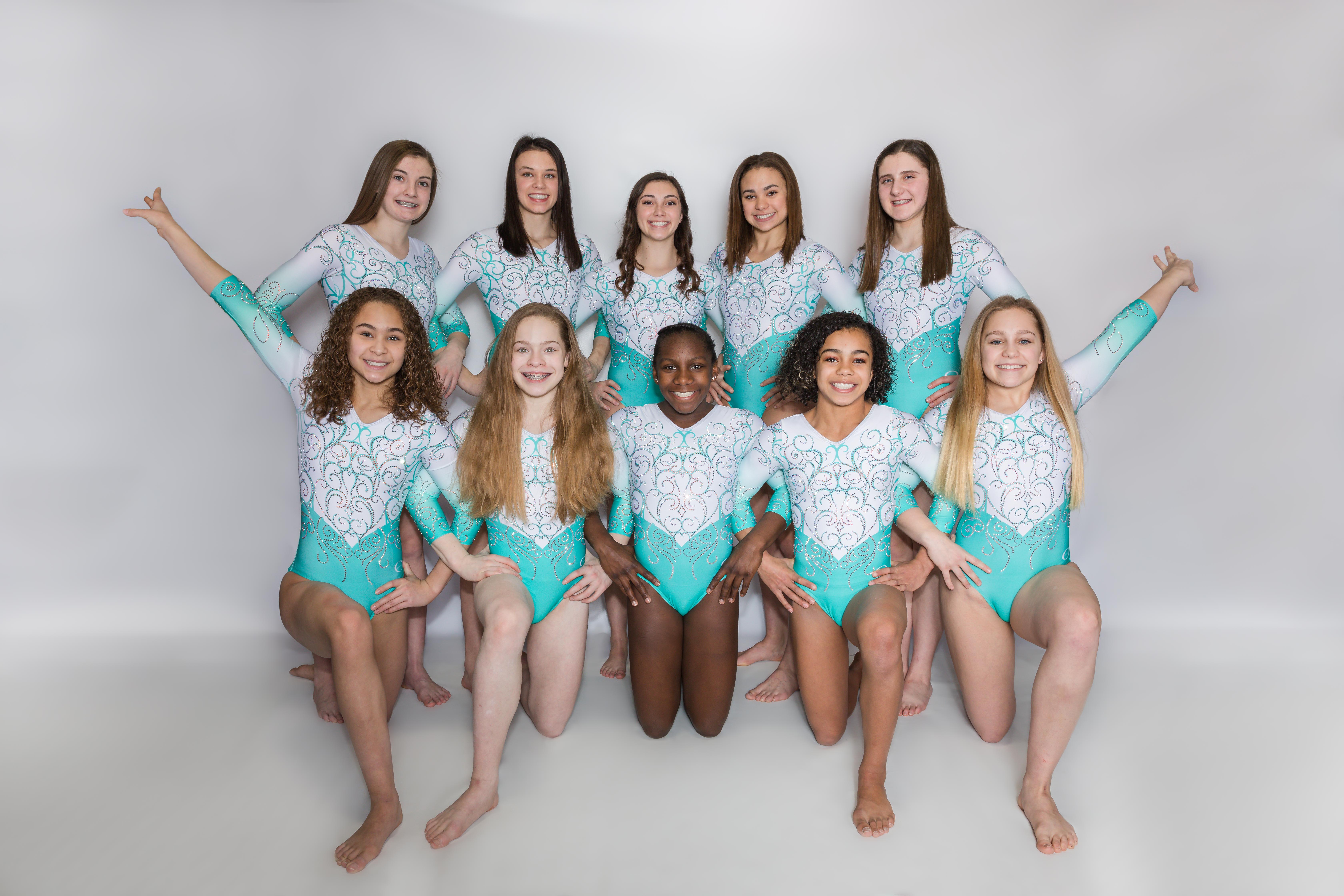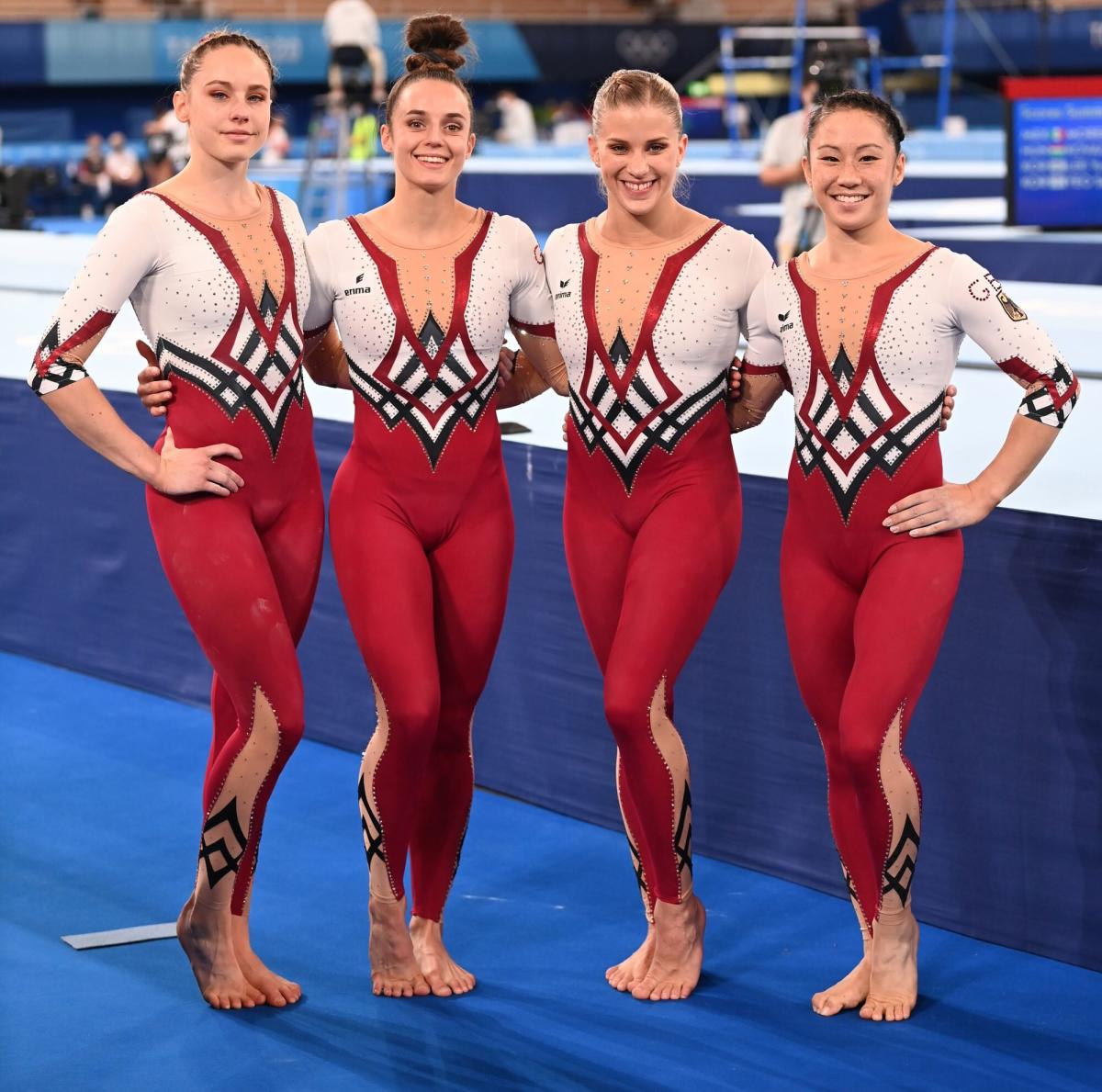Men’s Gymnastics Team History

Men’s gymnastics team – Men’s gymnastics has a long and illustrious history, with its origins dating back to ancient Greece. Over the centuries, it has evolved from a form of physical training and entertainment to a highly competitive sport.
The men’s gymnastics team, with its gravity-defying leaps and awe-inspiring routines, is a testament to human strength and agility. Among the rising stars in this arena is the remarkable Hezzly Rivera. Her exceptional skills and graceful poise have made her a beacon of inspiration.
The men’s gymnastics team, with its own share of talented athletes, continues to strive for excellence, drawing motivation from such remarkable individuals.
The first recorded gymnastics competition was held in 1896 at the inaugural Olympic Games in Athens, Greece. Since then, men’s gymnastics has been a staple of the Olympic program, with gymnasts from all over the world competing for gold medals.
The men’s gymnastics team showcased their incredible strength and agility, performing gravity-defying flips and twists. Their routine was a testament to countless hours of training and dedication. Among the highlights was a breathtaking vault by Kayla Dicello, who soared through the air with grace and precision.
Watch her incredible vault here. The team’s performance was a reminder of the power of athleticism and the unwavering determination of these talented athletes.
Timeline of Significant Events and Milestones
- 1896: The first Olympic men’s gymnastics competition is held in Athens, Greece.
- 1903: The International Gymnastics Federation (FIG) is founded.
- 1924: The first World Artistic Gymnastics Championships are held in Lyon, France.
- 1936: The first men’s gymnastics team competition is held at the Olympic Games in Berlin, Germany.
- 1954: The first Gymnastics World Cup is held in Rome, Italy.
- 1976: Nadia Comaneci becomes the first gymnast to score a perfect 10.0 at the Olympic Games.
- 1984: The first women’s gymnastics team competition is held at the Olympic Games in Los Angeles, USA.
- 1992: The Unified Team wins the gold medal in the men’s team competition at the Olympic Games in Barcelona, Spain.
- 2000: The first Trampoline World Championships are held in Sydney, Australia.
- 2004: The first Rhythmic Gymnastics World Championships are held in Kyiv, Ukraine.
- 2008: The first Acrobatic Gymnastics World Championships are held in Glasgow, Scotland.
- 2012: The first Parkour World Championships are held in Montpellier, France.
Notable Achievements and Contributions Made by Famous Male Gymnasts
- Eugen Mack (Germany): Mack was one of the most successful gymnasts of the early 20th century. He won a total of 10 Olympic medals, including three gold medals in the individual all-around competition.
- Vitaly Scherbo (Belarus): Scherbo is one of the most decorated gymnasts of all time. He won a total of 12 Olympic medals, including six gold medals in the individual all-around competition.
- Kohei Uchimura (Japan): Uchimura is the most successful gymnast of the 21st century. He has won a total of 10 Olympic medals, including three gold medals in the individual all-around competition.
- Simone Biles (USA): Biles is the most successful female gymnast of all time. She has won a total of 32 Olympic and World Championship medals, including 19 gold medals.
Men’s Gymnastics Team Training and Techniques
Men’s gymnastics teams adhere to a demanding training regimen that pushes the boundaries of physical and mental prowess. The sport demands exceptional strength, flexibility, and coordination, which are honed through rigorous practice and specialized training methods.
Physical Training
Gymnasts undergo intensive physical training to develop the strength and endurance required for executing complex maneuvers. Weightlifting, plyometrics, and core exercises form the foundation of their strength-building regimen. Flexibility is equally crucial, achieved through stretching, yoga, and dedicated flexibility drills.
Mental Training
Beyond physical conditioning, mental fortitude is paramount in men’s gymnastics. Gymnasts must possess unwavering focus, determination, and the ability to overcome fear. Visualization techniques, meditation, and mental imagery play a vital role in building their mental resilience.
Specialized Equipment and Facilities
Men’s gymnastics training requires specialized equipment and facilities. Gymnastics mats, trampolines, parallel bars, high bars, and vaulting tables are essential components of a well-equipped training environment. These facilities provide a safe and controlled space for gymnasts to practice their skills and prepare for competitions.
Men’s Gymnastics Team Competitions and Events

Men’s gymnastics competitions showcase the athleticism, strength, and coordination of gymnasts. These events provide a platform for gymnasts to demonstrate their skills and compete for medals and recognition.
The most prestigious gymnastics competition is the Olympic Games, held every four years. Other major international competitions include the World Championships, held annually, and continental championships, such as the European Championships and the Asian Games.
Scoring System, Men’s gymnastics team
In men’s gymnastics competitions, gymnasts are scored based on their execution and difficulty of their routines. The scoring system is designed to reward gymnasts for performing complex and well-executed skills.
Gymnasts are judged by a panel of judges who evaluate their routines based on several criteria, including:
- Execution: The gymnast’s form, technique, and control are assessed.
- Difficulty: The gymnast’s choice of skills and the difficulty of the routine are considered.
- Artistic impression: The gymnast’s overall performance, including their artistry and presentation, is evaluated.
The judges’ scores are combined to determine the gymnast’s overall score. The gymnast with the highest score wins the competition.
Apparatus
Men’s gymnastics competitions are held on six different apparatus:
- Floor exercise: Gymnasts perform a choreographed routine on a springy floor.
- Pommel horse: Gymnasts perform a series of swings and circles on a padded horse.
- Rings: Gymnasts perform a series of strength and coordination exercises on two suspended rings.
- Vault: Gymnasts run down a runway and jump over a vaulting table.
- Parallel bars: Gymnasts perform a series of swings, handstands, and other exercises on two parallel bars.
- High bar: Gymnasts perform a series of swings, flips, and other exercises on a single horizontal bar.
Strategies and Tactics
Men’s gymnastics teams employ a variety of strategies and tactics to succeed in competitions.
- Team selection: Teams carefully select their gymnasts based on their strengths and weaknesses.
- Routine construction: Gymnasts and coaches work together to create routines that maximize their potential for high scores.
- Competition strategy: Teams develop strategies for the order in which gymnasts compete and the apparatus on which they compete.
- Mental preparation: Teams emphasize the importance of mental preparation and focus to perform under pressure.
By implementing effective strategies and tactics, men’s gymnastics teams can increase their chances of success in competitions.
